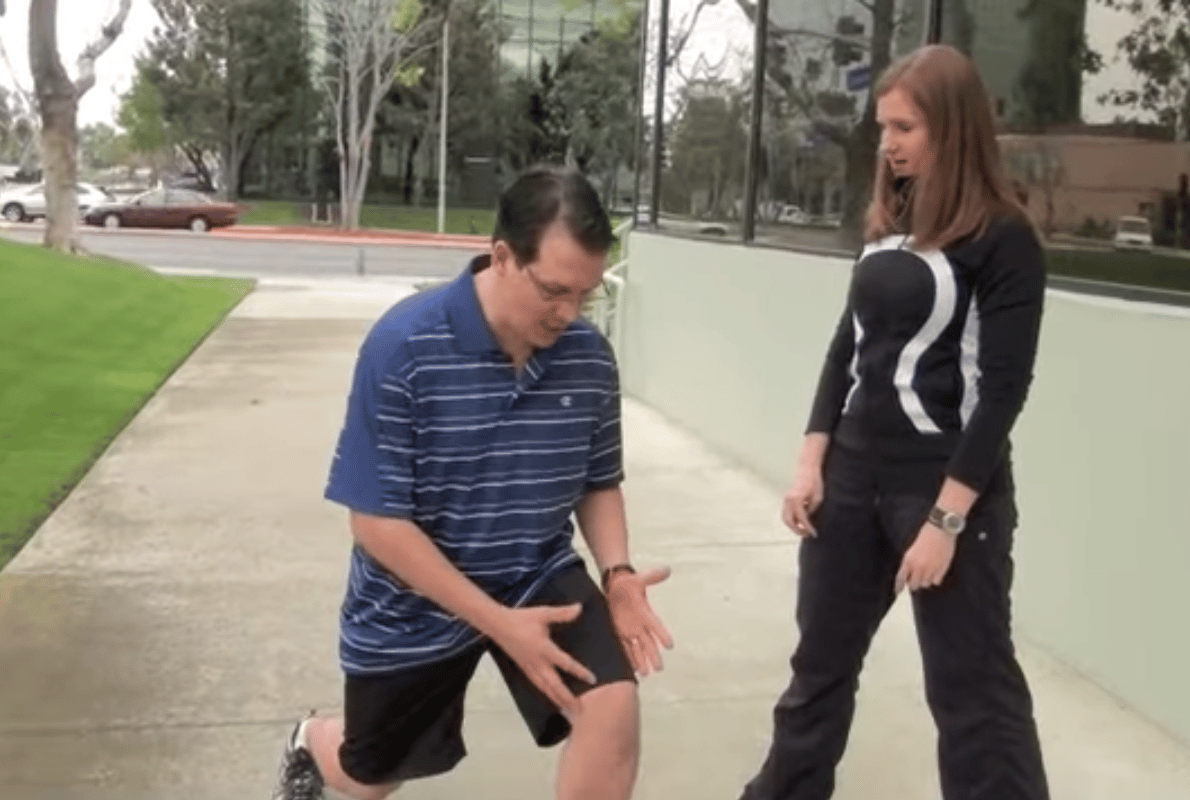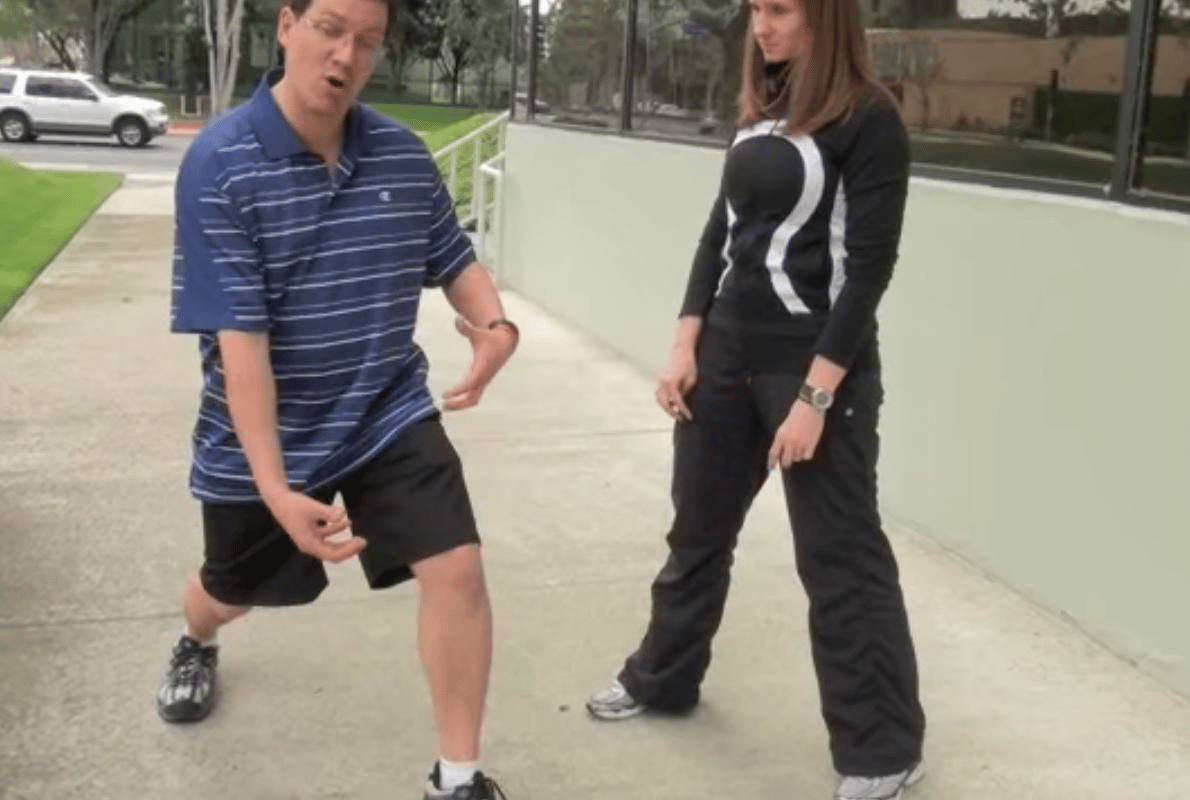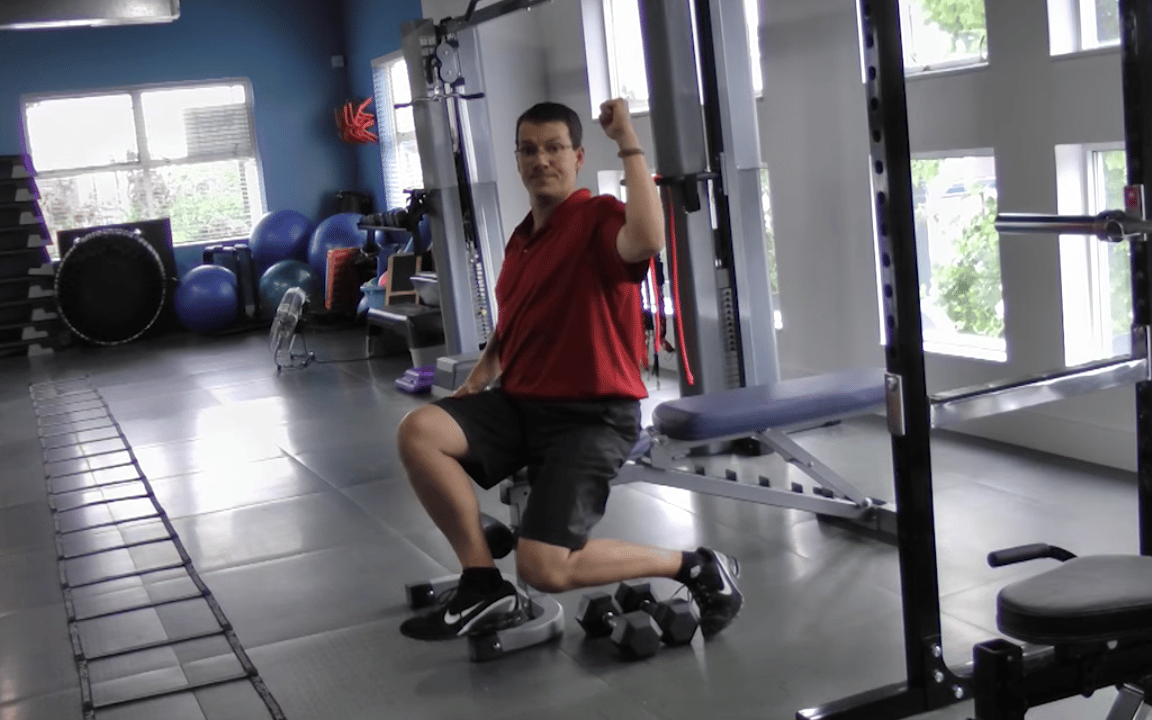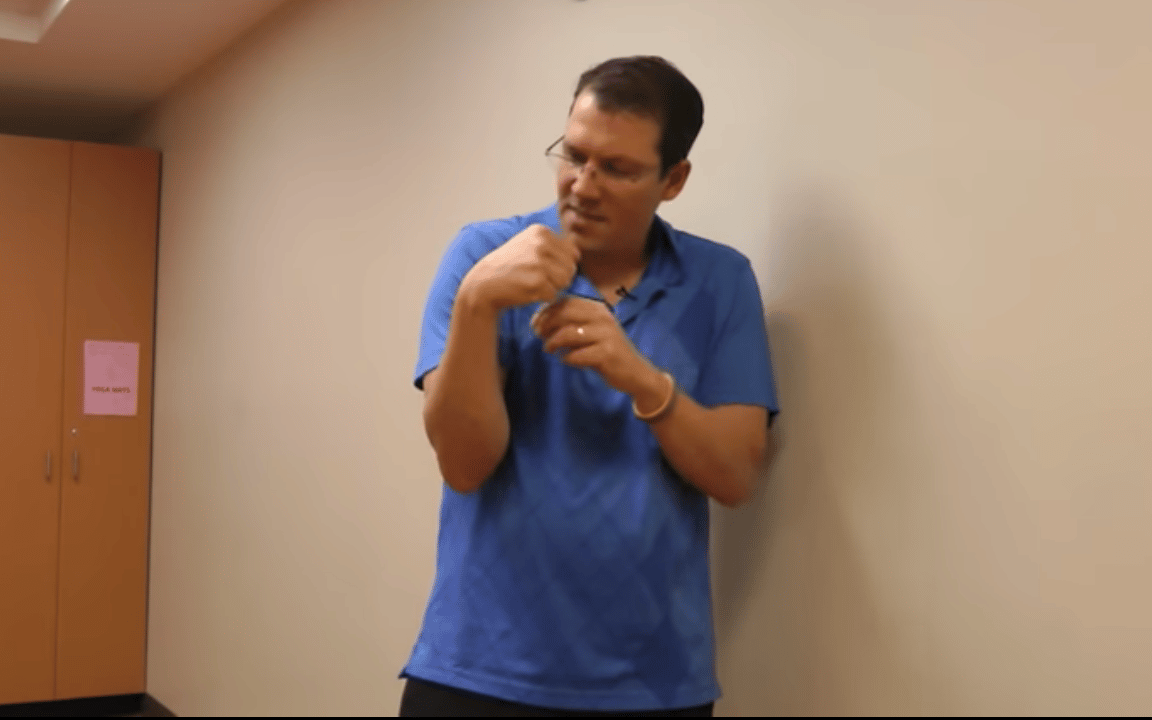
Pain is your body’s way of letting you know something isn’t right. At times, the things that cause you pain are exercises or specific activities. This signal that you need to take it easy and let your body heal. In this post, we’ll go over some basic information on different types of exercise that causes you pain and how you can safely keep on track with your regimen while keeping an eye out for any warning signs.
Yesterday’s post on AC Separation | 404 was timely for a few people:
| 404
Plus, I got a few emails through customer support thanking me for the exercises and video. Glad to be able to help out. Now let’s get to today.
A few days ago, I put up this question on my Facebook Fan Page:
I responded to a number of the comments. It amazes me how many people are in pain with specific exercises. With many of the comments, I already had a video done to help them out.
Here they are as they may help you, or feel free to pass them on to someone they may help:
CLICK HERE to watch the video on YouTube.
1. Tweaking the Lunge, so it is Not Painful
The typical lunge is not painful as it is if you lunge forward and come back. Having momentum takes you forward and puts a fair bit of load on the front of the foot. Activates the quadriceps and puts more strength on the knee joint. To decrease the stress and strain on the knee joint in a lunge is to make a back lunge.
Activating the hamstrings and glutes will help decrease the stress in the knee joint. If you do back, lunge and come back down and back up. Then it will end up doing the shifted momentum if you step back and get more load on the heel.
You can make the back lunge to 90 90. You can modify the back lunge, take a giant lunge back, and get more stretch in the back leg. In making lunges, try the back lunge, and if you want to incorporate more, stretch with a rear lunge. Take a bigger step back, take care, and you will see yourself on the block.
 |
 |
| Start | End |
What to do if You have Knee Pain When Lunging?
CLICK HERE to watch the video on YouTube.
2. Preventing Knee Pain with Lunges
There are a couple of things when it comes to the lunge. What they can end up doing is instead of making a forward lunge. They can end up making a back lunge that decreases the knee’s stress. It can help to focus on technique because a lot of times, when the knee ends up passing the toes, that increases the pressure.
On the knee and when making a forward lunge or walking forward lung. Make sure that the knee is never coming forward that way, and the knee ends up coming across, and that puts a lot of strain, and they take a more significant step and don’t let that knee cross. A lot of times, the knee ends up passing.
Most of the weight is on the midfoot or heel. It can end up working their hamstrings and glutes more. And less, their less, more for the butt, which is good. And when you spend a little bit of time addressing the flexibility. When it comes to your quads and hip flexors because a lot of times, they’re tight, and they end up putting, pulling on your kneecap and that pulling on the kneecap pushes against your knee joint and leads to pain.
Doing a little bit of flex, a little quad stretch, and hip flexor stretching to address that flexibility issue will decrease the stretch on the knee. Those three things, the back lunge, can increase the stride, the need doesn’t pass the toes, and it can spend a little time doing some flexibility work.
 |
 |
| Start | End |
(I saw the question about what to do about knee pain in the back leg of the lunge. I will do a video on it soon.)
What to do if Shoulder Pressing Gives You Shoulder Pain?
CLICK HERE to watch the video on YouTube.
3. Best Fix if the Shoulder Press is Painful for Your Shoulder!
Regarding strength and power training, the shoulder press is one of the best movements you can do. It works your deltoids from a variety of angles and also involves secondary muscles like the traps, triceps, and even the core.
Moreover, because it’s a pressing movement, it’s an ideal way to introduce heavy lifting into your routine. And if you incorporate different variations of this movement (e.g., incline, decline, seated), you can work all aspects of your shoulders while challenging them further over time.
A variety of thanks your factors can cause shoulder press pain. Before you begin trying to fix your shoulder pain, it’s important to determine what the root cause of it is. If you try to fix a problem but don’t know what caused it, you’re not likely to solve your issue.
In addition to knowing what’s causing your pain, it’s also essential to know when it started. Here are some of the most common causes of shoulder pain and how to fix them.
Shoulder mobility and stability issues:
If your shoulders are tight and you have poor mobility, it will be hard to do the shoulder press correctly. As a result, you may experience shoulder press pain as a result of pressing too much weight and as a result of not being able to push correctly. To address this, ensure you include a shoulder warm-up and mobility work before your shoulder press workout.
Poor technique:
If you’re lifting the weights correctly but pressing the dumbbells too aggressively, you can also experience shoulder press pain. To correct this, lower the weight and press the weight with control. Don’t speed through the exercise.
Shoulder presses are great, but like any exercise, they can cause pain or discomfort if you don’t correctly. To prevent this, it’s essential to warm your shoulders with some simple shoulder mobility exercises and make sure to use proper form when doing the exercise. If you’re experiencing pain or discomfort in your shoulders during or after the workout, try adjusting your form or trying a different movement variation.
 |
 |
 |
| Start | Middle | End |
What to do if you have Wrist Pain when Performing Push Ups?
CLICK HERE to watch the video on YouTube.
4. Number One Tip for Wrist Pain During Push Ups
Regarding wrist pain from push-ups, incorporating some fascial stretching is one of the best ways to end the pain. The fascia that connects all those muscle shortenings needs to lengthen to allow for more movement in the risks and end up pain-free.
Putting the hand on the wall, do the fascial stretch of the whole arm. Put your hand against the wall and touch below shoulder height. Your fingers are pointing straight up. You might feel that light stretch from the middle finger, through your palm, through the front of your forearm, to your biceps, and into your shoulder. Hold that position for a minute or two and get a reasonable time with light tension.
If this ends up getting too easy, now you can add rotation. Rotate that arm out, and the middle finger is pointing back; this intensifies the stretch.
Next, please start with the middle finger pointing straight up, arms directly, hands, a touch below shoulder height, and put a light load through it. Look for a light stretch and hold for about a minute or two.
 |
 |
 |
| Start | Middle | End |
What to do about Wrist Pain During Push Ups?
CLICK HERE to watch the video on YouTube.
5. Conclusion
Exercise is essential if you want to stay healthy, both physically and mentally. It will help you to lose weight, increase strength and flexibility, lower your risk of heart disease, reduce stress and anxiety, improve your mood and immune system, and so much more.
However, you must know how to reduce the pain caused by exercise so that you don’t give up before you even start. Exercise is a great way to reduce pain and improve your health, but only if you are willing to put in the effort.
You will have to push yourself, but it’s essential to do so slowly and steadily so that it doesn’t cause too much pain and damage. Keep the above tips in mind, and you should be able to make working out more enjoyable, easier, and less painful.
There you go.
Let me know if you have a question about an exercise that causes pain.
Rick Kaselj, MS
P.S. – Programs that I would recommend if you have pain are:
- Shoulder Pain – http://FixMyShoulderPain.net
- Knee Pain – http://FixMyKneePain.com
- Back Pain – http://FixMyBackPain.com
- Wrist Pain – http://FixMyWristPain.net


